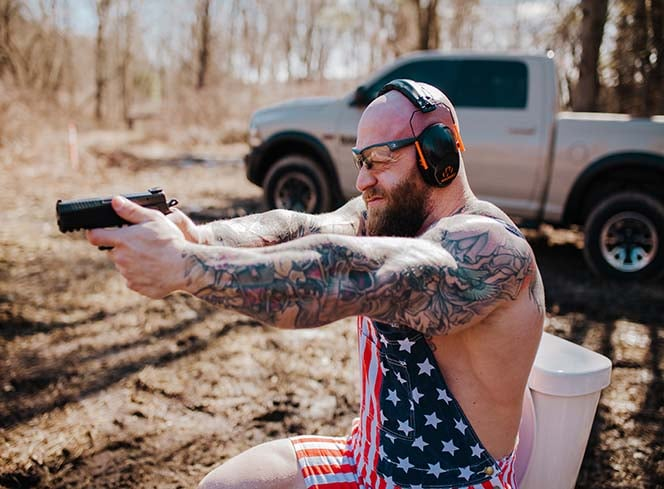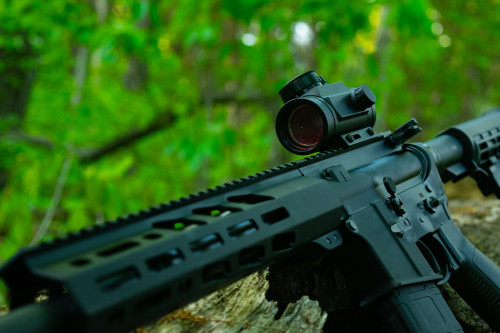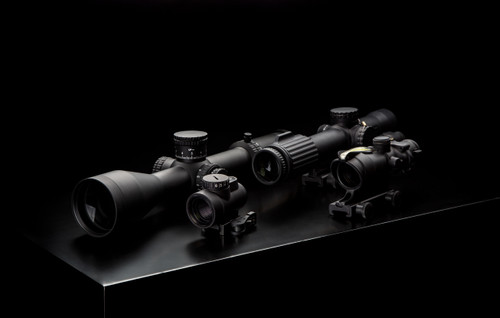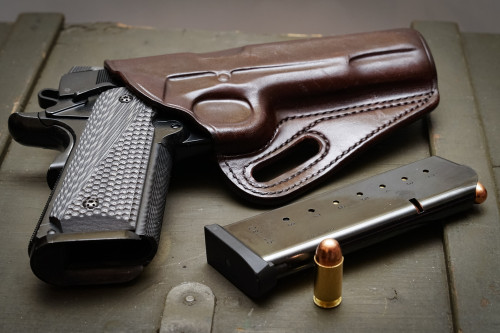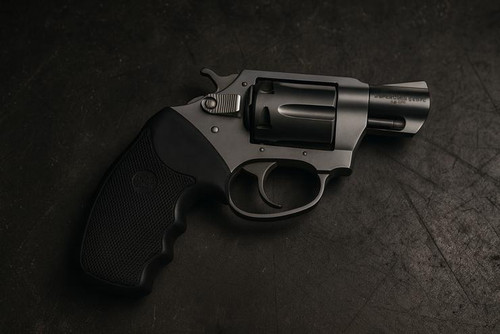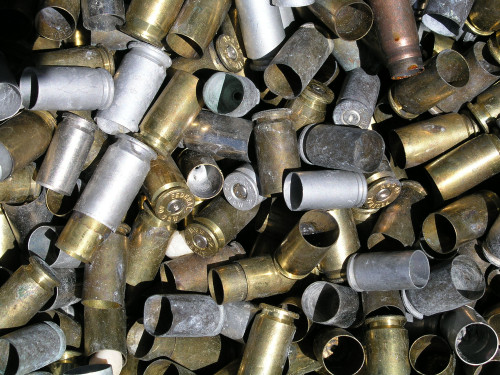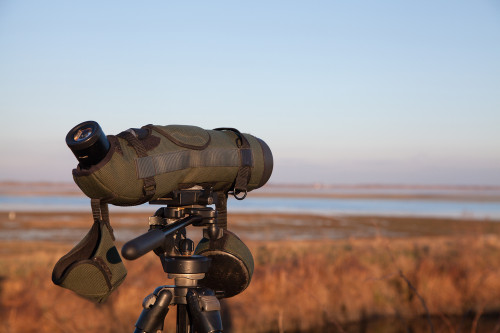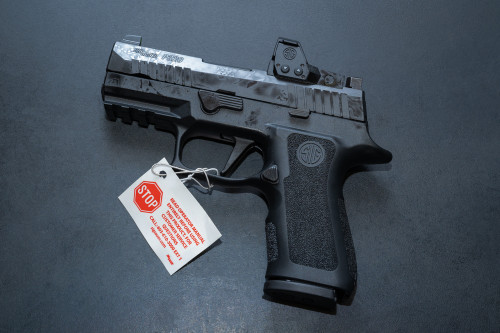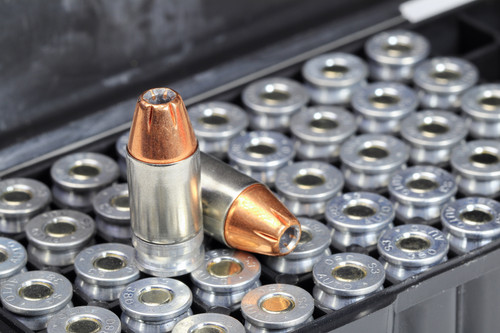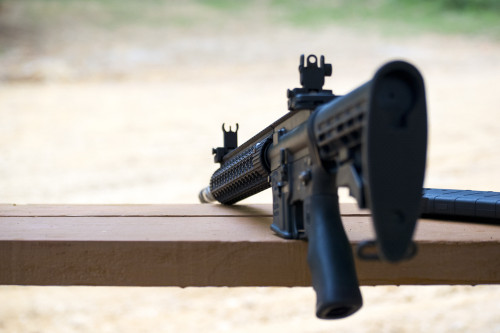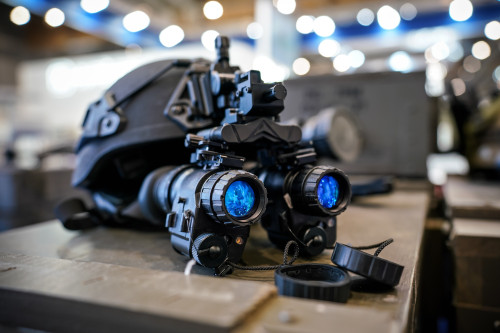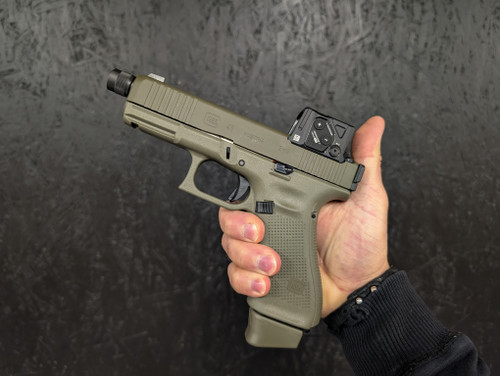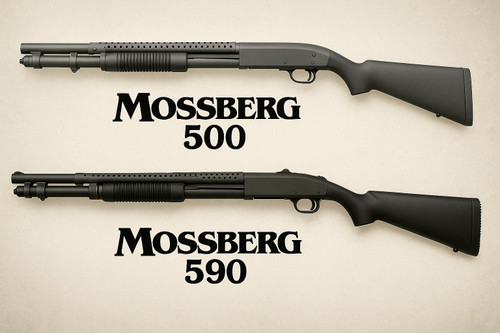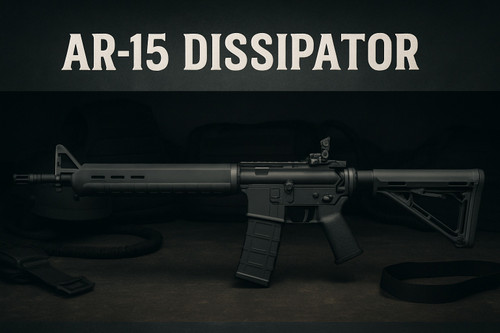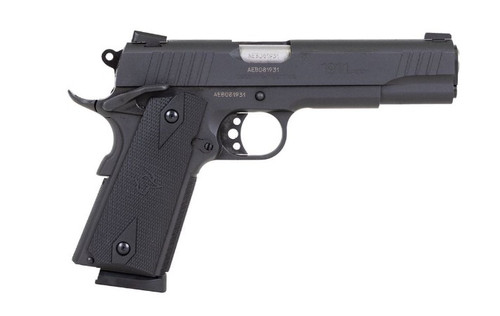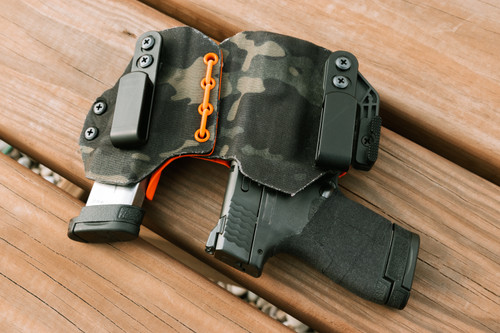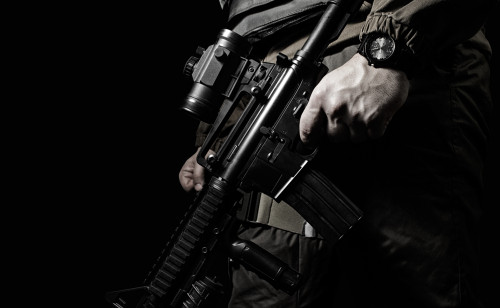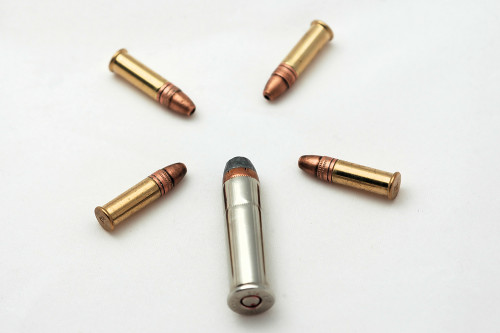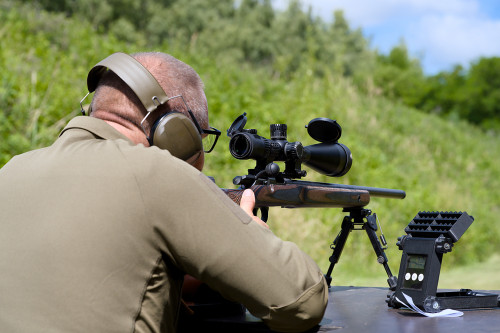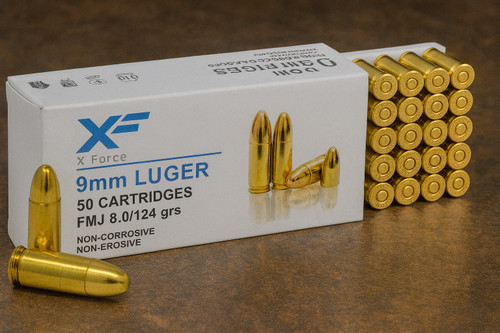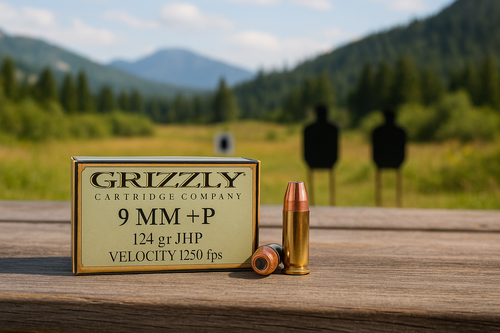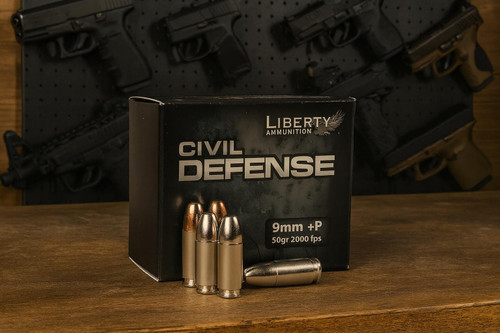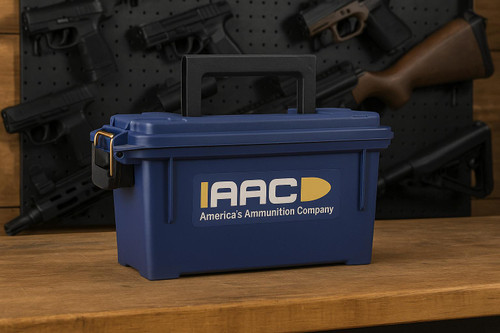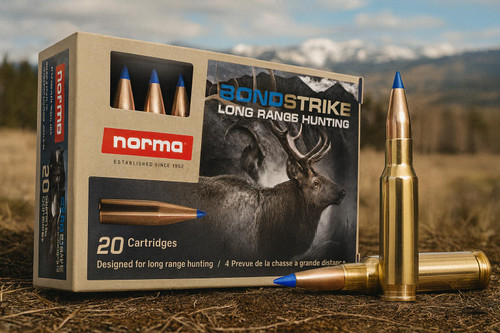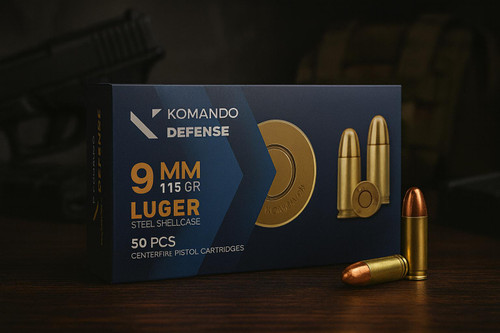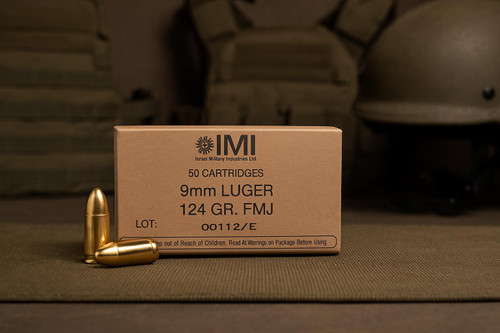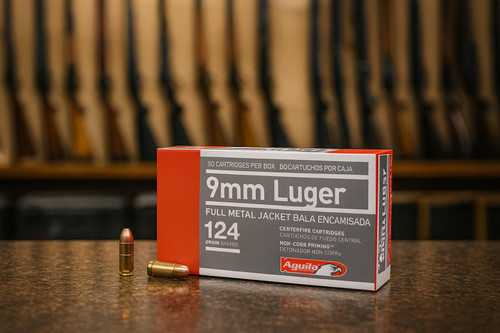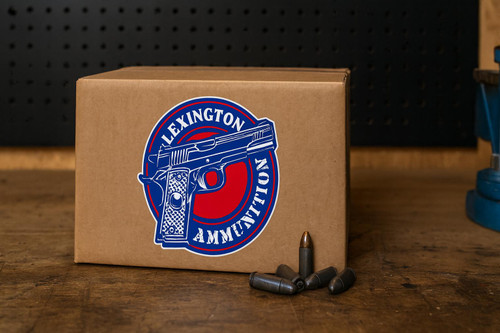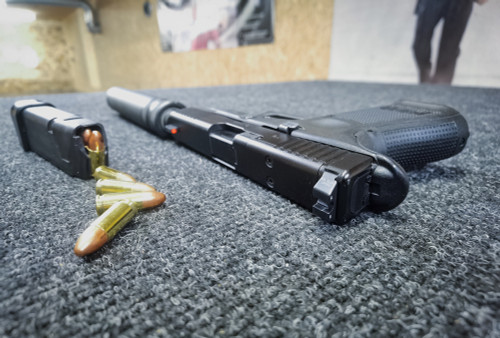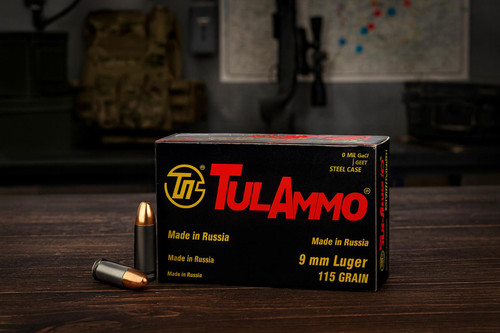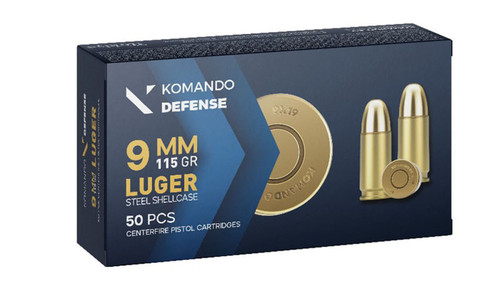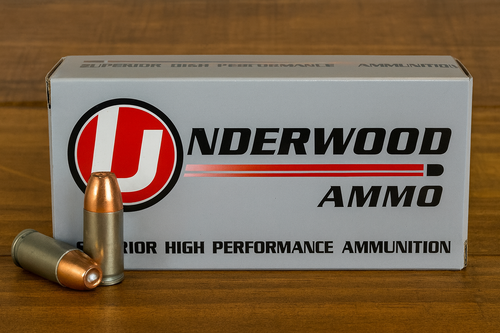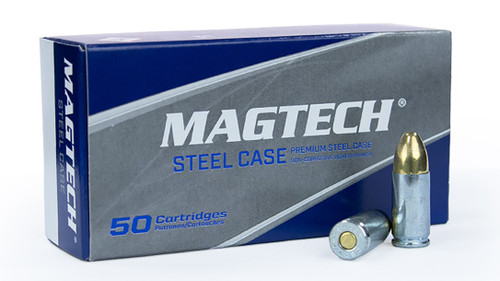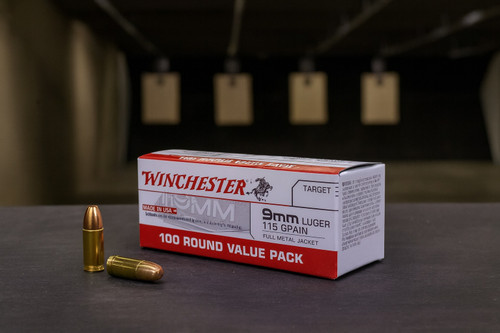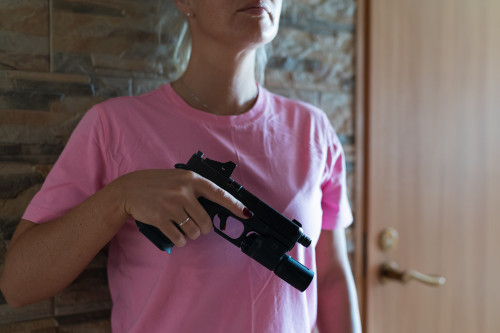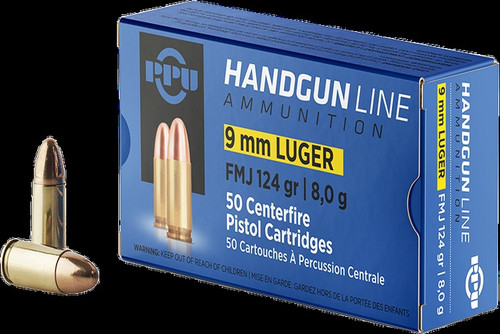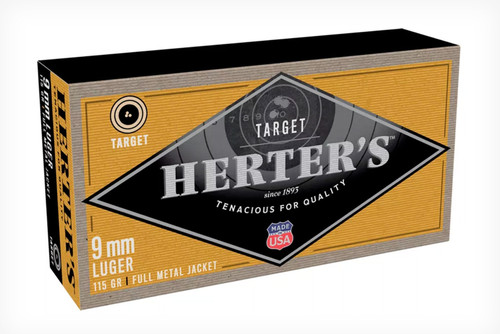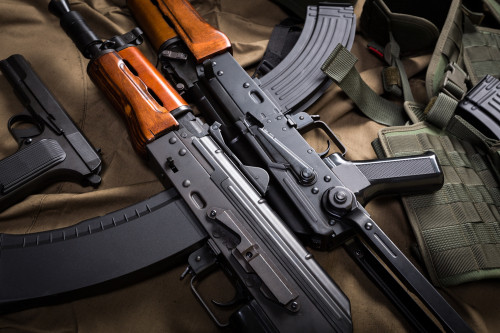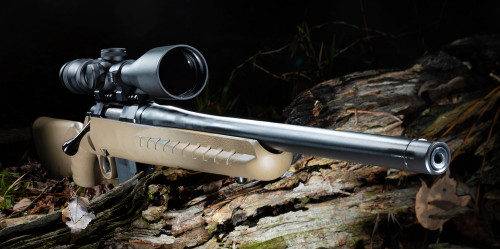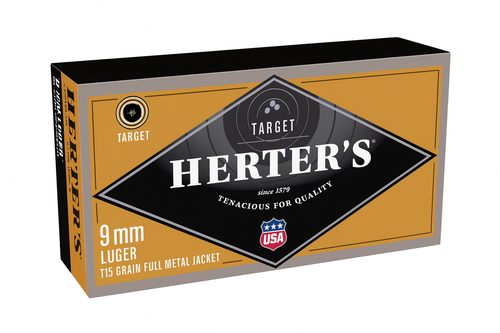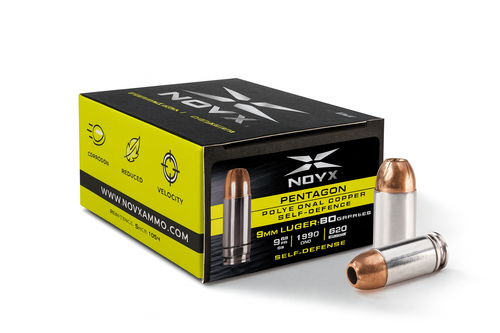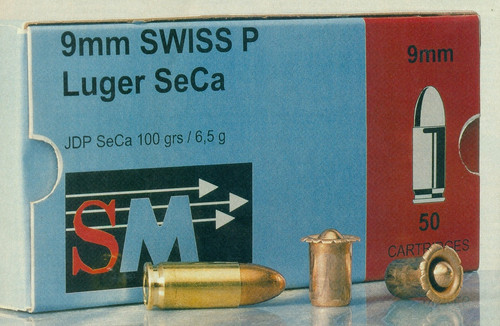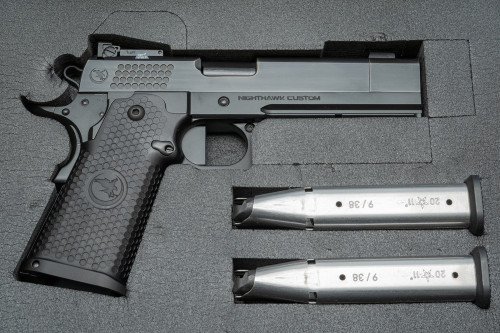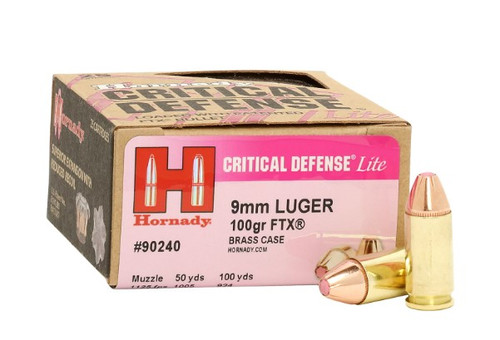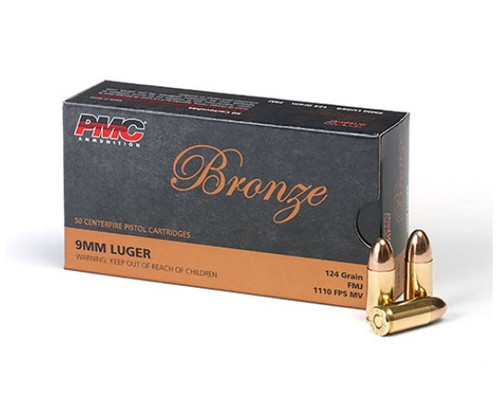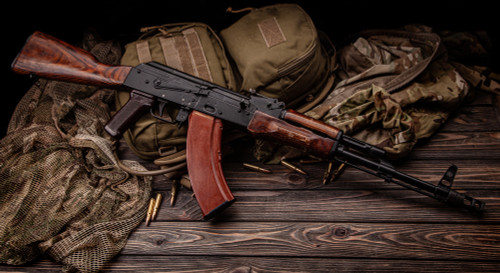What’s the Deal with Aguila?
If you’ve spent any time poking around the ammo aisle or scrolling online for bulk deals you’ve probably seen Aguila pop up. It’s often one of the lowest-priced brass-cased 9mm options available. But for many shooters, Aguila is still a bit of a mystery.
Made in Mexico by Industrias Tecnos, Aguila has been around for decades, supplying militaries, police, and more recently, the U.S. civilian market. Their 124-grain load is especially popular for range use because it checks a lot of boxes: it’s cheap, brass-cased, and it’s (usually) reliable.
But let’s be honest—not all budget ammo is created equal. Some shooters love Aguila and swear by it. Others have had a few rough experiences. So, is it a hidden gem or just good enough? Let’s break it down.
The Basics: What You’re Actually Buying
Before we get into how it shoots, here’s what you’re loading into your mags:
- Caliber: 9mm Luger
- Bullet Weight: 124 grains
- Muzzle Velocity: Around 1,115 fps (standard pressure)
- Case Type: Brass, reloadable
- Primer: Boxer, non-corrosive
- Bullet Style: Full Metal Jacket, round nose
It’s nothing fancy—but that’s kind of the point. Aguila 124gr is built to be range ammo. No bells and whistles—just rounds in a box that are supposed to go bang and help you train.
How It Actually Performs on the Range
Recoil and Feel
No surprises here. Aguila feels like any standard 124-grain 9mm load. It’s soft-shooting in full-size pistols like a Glock 17 or CZ 75, and still perfectly manageable in smaller carry guns. If you’re running a pistol-caliber carbine (PCC), it cycles smoothly and feels light.
You won’t notice anything unusual in the way it handles—and for most people, that’s exactly what they want from bulk training ammo.
Real-World Performance: Mostly Good, Sometimes Not
This is where things get interesting. For a lot of folks, Aguila runs just fine. They’ll go through hundreds of rounds in a weekend with no issues—no jams, no misfeeds, just smooth shooting. But there are a few recurring comments that are worth paying attention to:
- Some shooters report occasional underpowered rounds—stuff that feels soft or cycles a little sluggishly
- Ejection patterns can be weird, especially in striker-fired pistols. One round might toss the brass six feet, the next might just dribble it out
- A few have experienced failures to eject or stovepipes, usually when running dirty guns or pistols with stiff springs
To be clear: these issues aren’t rampant. But they’re not unheard of, either. If you’re running a tight, finicky gun, or you're halfway through a long, dirty range day, Aguila can start showing some of its budget roots.
Dirty Truth: It’s Not the Cleanest Ammo Around
Let’s talk fouling. Aguila has a bit of a reputation for running on the sooty side. After a few hundred rounds, your gun’s slide, feed ramp, and chamber are going to look grimier than they would with cleaner-burning ammo like Federal American Eagle or Speer Lawman.
It’s not the end of the world—just keep a rag and some CLP handy. If you're running 300+ rounds in one go, expect to clean your gun sooner than later. It’s not corrosive, it’s just... dusty.
Where Aguila Fits Best—and Where It Doesn’t
Great For:
- Weekend plinking and practice – It’s cheap, easy to shoot, and helps build muscle memory
- New shooters – Soft recoil and basic function make it a good choice for training
- High-volume drills – If you're running mag dumps or reps at steel, you won’t feel bad burning through it
- PCCs and full-size pistols – Runs well in most platforms with decent tolerances
Not Ideal For:
- Precision or match shooting – This isn’t ammo for tight groups or split-second consistency
- Serious defensive pistol courses – If you're running your gun hard or practicing malfunction drills, the occasional hiccup might slow you down
- Suppressor setups – Aguila 124gr is supersonic and will still crack when suppressed
- Finicky or tight-chambered pistols – Some match guns or compact carry pistols may not love it after a few mags
Cost and Availability: What You’re Really Paying For
Here’s the thing: Aguila’s biggest strength is the price. If you shoot regularly and don’t want to pay $0.40–$0.50 per round, Aguila is often a few cents cheaper than Winchester White Box, Blazer Brass, or Magtech. That adds up fast.
It’s also become a lot easier to find. Big-box stores often stock it, and online retailers usually have it in stock. Buy it by the case and it makes even more sense.
But understand what you’re getting: this is utility ammo. It’s for putting rounds downrange—not showing off tight groups or tuning your carry gun.
Quick Recap: Aguila 9mm 124gr FMJ, Flaws and All
| Category | Rating (1–5) | Notes |
|---|---|---|
| Price | 5.0 | Hard to beat for brass-cased ammo, especially in bulk |
| Recoil/Feel | 4.5 | Soft and predictable—good for long range days |
| Reliability | 3.5 | Works in most guns, but occasional hiccups do happen |
| Cleanliness | 2.5 | Runs dirty; plan to clean your gun a little sooner |
| Versatility | 4.0 | Great for most platforms, but not for suppressed or match guns |
Overall Rating: 4.0 / 5 – A Good Budget Option with Realistic Limits
Aguila doesn’t overpromise—and it mostly delivers. Just be ready for a little mess and an occasional hiccup.
Final Take: Should You Buy It?
Yes—if you know what you’re getting.
Aguila 9mm 124gr is not a miracle round, but it’s also not junk. For most shooters, it offers a practical way to train more and spend less. If your goal is to get better with your gun and not go broke doing it, this stuff makes a lot of sense.
That said, don’t expect it to run like premium defensive ammo. It’s bulk ammo—and it behaves like it. Keep your expectations realistic, and it’ll likely do exactly what you need it to do.
Bottom line: Aguila is for the range, not your carry gun. But if all you want is a dependable round to build skills, run drills, and enjoy your time on the firing line, it gets the job done—just bring some cleaning gear and maybe a backup mag.
FAQs
1. What kind of shooter is Aguila 124gr FMJ best suited for?
Aguila’s 124-grain FMJ is ideal for casual range-goers, new shooters, and anyone doing high-volume training. It’s priced with affordability in mind, and it offers enough reliability to be a go-to for everything from static drills to informal plinking.
2. Does Aguila 9mm run well in most handguns?
Yes, it tends to feed and eject reliably in full-size and compact pistols from major brands. That said, some users have noticed the occasional inconsistent primer feel or light strike, especially in firearms with lighter spring setups. Most stock pistols will handle it without issue.
3. Where is Aguila 9mm made, and how’s the quality?
Aguila ammo is produced in Mexico by Industrias Tecnos, a long-standing manufacturer with NATO-certified production capabilities. While not premium-tier, their 124gr FMJ is considered respectably consistent for its price point and widely trusted for general use.
4. Is Aguila brass reloadable?
Absolutely. Aguila uses brass cases with boxer primers, so it’s reload-friendly. Reloaders have had decent success with once- or twice-fired cases, though primer pocket tightness can vary slightly from batch to batch.
5. Is Aguila 124gr FMJ clean-shooting?
It’s relatively clean for budget-range ammo. While not as low-residue as premium match loads, Aguila’s powder burn is moderate and manageable, meaning you won’t be scrubbing carbon off your slide after just one box. It’s suitable for extended sessions without gumming up your action too quickly.




 Pro Armory Editorial Team
Pro Armory Editorial Team